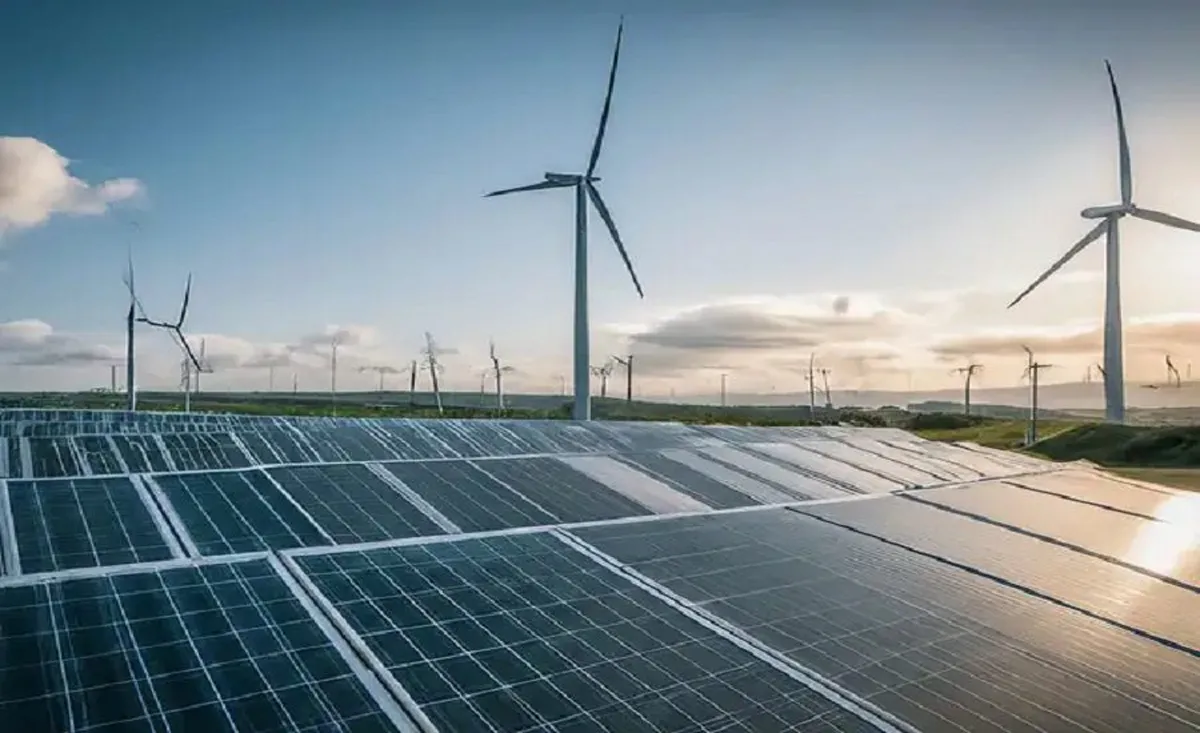India’s renewable energy sector is entering a transformative new phase — one defined not just by capacity expansion but by the strength, resilience, and depth of its systems. After a decade of record growth, the nation is now focusing on building a stable, dispatchable, and integrated clean energy architecture to achieve its goal of 500 GW of non-fossil capacity by 2030.
According to the Ministry of New and Renewable Energy (MNRE), India’s renewable journey is evolving from “speed to system strength,” emphasising quality, reliability, and long-term integration.
From Quantity to Quality
In the past decade, India’s renewable capacity has grown more than fivefold — from under 35 GW in 2014 to over 197 GW (excluding large hydro) today. Having reached this scale, the next leap requires deeper reforms in grid integration, energy storage, hybridisation, and market mechanisms. The recent moderation in capacity addition marks a strategic recalibration aimed at building a more resilient and dispatchable renewable ecosystem.
Over 40 GW of awarded projects are currently in advanced stages of securing power purchase agreements, power sale agreements, or transmission connectivity. However, the rapid growth of renewable capacity has outpaced the readiness of grid and contractual systems — a common challenge for countries in energy transition. Consequently, enforcement of Renewable Purchase Obligations, upgrades to transmission infrastructure, and advanced grid technologies have become top government priorities.
In 2025 alone, central renewable implementing agencies have invited bids for 5.6 GW, state agencies for 3.5 GW, while commercial and industrial consumers are expected to add around 6 GW independently. India continues to add between 15 GW and 25 GW of renewable capacity annually, placing it among the fastest-growing markets globally despite supply-chain disruptions and financing constraints.
Policy Pivot Towards System Design
Recent years have seen a deliberate policy shift from expansion to system design. New tenders now prioritise renewable energy combined with storage or round-the-clock supply, ensuring grid stability. Battery Energy Storage Systems (BESS) are being deployed both at the grid and project levels. The Production-Linked Incentive (PLI) scheme, domestic content requirements, duty structures, and equipment exemptions are all helping reduce import dependence and deepen India’s manufacturing base.
The recalibration of GST and ALMM provisions further aligns fiscal and industrial policy, stabilising costs and improving module reliability. Alongside this, battery storage is advancing through viability-gap-funded projects and sovereign tenders, laying the groundwork for firm renewable capacity. These measures mark India’s transition from quantity-driven growth to a more system-integrated, quality-driven renewable ecosystem.
Transmission: The New Frontier
Transmission infrastructure is emerging as the backbone of the next phase. The Government’s Rs 2.4 trillion Transmission Plan for 500 GW aims to connect renewable-rich states like Rajasthan, Gujarat, and Ladakh with high-demand centres. Once operational, this will unlock over 200 GW of new renewable potential.
The plan includes developing high-voltage direct current (HVDC) corridors and increasing inter-regional transmission capacity from 120 GW to 143 GW by 2027 and 168 GW by 2032. Amendments to the CERC General Network Access Regulations 2025 — including time-segmented access, source flexibility, and enhanced transparency — will further optimise corridor use, reduce congestion, and accelerate stranded projects.
A Magnet for Global Investment
Despite short-term delays, India remains one of the world’s most attractive clean energy markets. Renewable tariffs continue to be globally competitive, and international investors are increasingly focusing on storage-backed and integrated projects. The country’s fundamentals — strong demand, stable policy, and cost efficiency — remain robust.
The Shift from Expansion to Integration
India’s renewable energy story is evolving from expansion to integration. The sector’s maturity is evident in its shift toward reliability, grid synchronisation, and long-term market stability. Virtual Power Purchase Agreements (VPPAs) are gaining traction, allowing corporates to procure renewable power virtually while providing developers with predictable revenue. Market-based instruments, green attribute trading, and real-time integration will further drive flexible, demand-driven renewable growth.
Looking Ahead
The next growth phase is already under way. Large hybrid and round-the-clock projects are progressing in Rajasthan, Gujarat, and Karnataka; offshore wind and pumped-hydro storage are gaining momentum; and rural initiatives such as PM Suryaghar and PM KUSUM are expanding decentralised participation. The National Green Hydrogen Mission is linking renewables to industrial decarbonisation, while the Green Energy Corridor Phase III is deepening grid integration.
A Transition Growing Up
India’s renewable energy story is no longer defined by speed alone but by institutional strength and strategic endurance. After a decade of rapid expansion, the sector is consolidating — aligning capacity growth with grid readiness, domestic manufacturing, and financial stability. The shift represents not a slowdown, but a maturation — ensuring that the next wave of renewable expansion will be faster, smarter, and more sustainable.





















